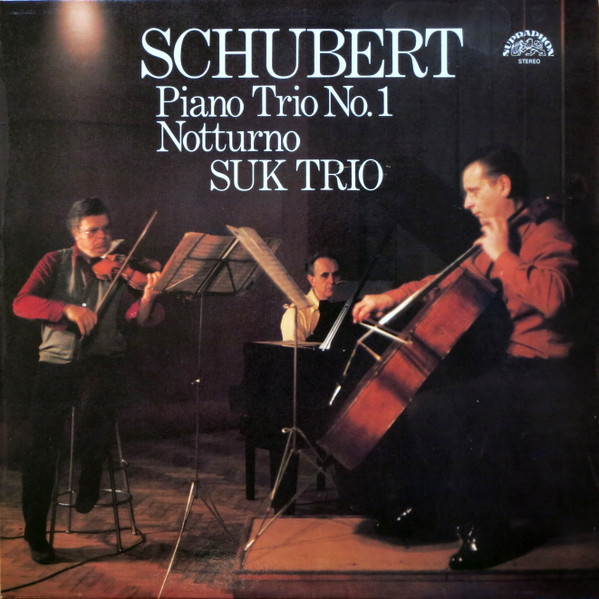Adding on, there was a time where I varied the input voltage to get a fixed output voltage. This caused the test signal to be higher than 5 mv, prompting people to say no cartridge goes that high. The benefit of what was doing was that gain factor was neutralized. Disadvantage was the criticism we have now. With 5 mv, almost all measurements are dominated by noise and not distortion so I am not a fan but that is what we have now.
You can't win either way. That's exactly why I specified an "output level" which is 12dB over sensitivity at 1kHz, 5cms/s that essentially represents the highest relative excursion that the LPs/12"45RPM singles that I have digitized produce. Yes, there was a 0.1% level (2 LPs) that made it all the way to 14dB, but that's a 4+ sigma event, so it seemed reasonable to use the 12dB number.
As far as the DC to light. As I wrote, I have a system that is essentially 16Hz to 20kHz, with two subs, two electrostatic panels and two "force forward " woofers.
It can reproduce the BAS CD Saint-Saens 16Hz pedal tone at 16Hz and the Fremaux CBSO LP 16Hz pedal tone (at 24Hz) and its 96k/24bit commercially digitized brethren and there is no problem with excessive woofer excursions. The AHB2s are what, 500+ W equivalent into each panel, and the force forward woofer is I believe 400W equivalent into each channel, as is each sub. I regularly listen at row N symphony levels (85dB SPL average, up to c.102dB SPL peak). No failed woofers, no clipping indicators on the AHB2s. (except when there is way too much bass on a recording- which mostly happens in Pop recordings).
For the Fremaux recording the download and the LP seem to have remarkably similar sub excursions.
Incidentally, I prefer the LP- just. It and the download are very, very, similar, but the LP seems just a tad more spacious....
There are occasions when the records are not acceptable, but they are few and far between, and in my experience, essentially entirely due to warps. Hence the "warp filter" in the Acrux, which eliminates the low frequency LP vertical (stereo) component and retains the lateral (mono) information.
I agree that there are times that an infrasonic filter would be desirable, but I also state that those times are seemingly few and far between, and SoTa clearly did not perceive the necessity.
Empirically (that word again) there have been exactly zero requests from a user base (which is in the hundreds) for such a function.



